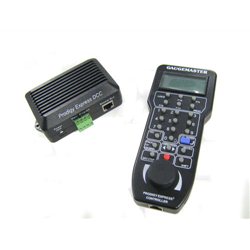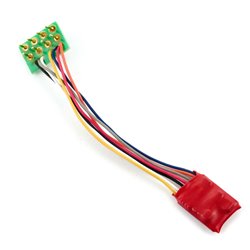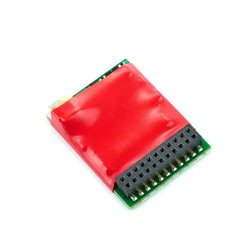Grain of wheat bulbs are filament based so run hot. This means in certain situation, they have a habit of melting...
No products
Product successfully added to your shopping cart
There are 0 items in your cart. There is 1 item in your cart.
Search Tips
End of year opening times
If you select next day delivery, please note deliveries are not made on New Year's Day.
The shop in Sandown is closed on New Years's Day and closing at 2.30pm on New Year's Eve.
Tuesday 30th: 10am to 4.30pm - Wednesday 31st: 10am to 2.30pm - Thursday 1st: closed - Friday onwards: 10am to 4.30pm.
What does DCC Fitted mean?
Model engines that are 'DCC fitted' are fully equipped with a decoder and other electronics enabling them to operate from a DCC (Digital Command Control) controller.
This is not to be confused with models that are 'DCC ready' which merely indicates that the model has the wiring and capabilities to be operated by DCC, but still require activating by inserting a decoder. Without a decoder, DCC ready models operate as regular analogue models.
This may sound a little confusing but it's a blessing in disguise because it means modellers can activate rather than convert their models. This not only saves on time and money, but it also reduces the risk of damaging a model that was not specifically designed to house DCC components.
Click here to receive the tips weekly in your mailbox. You can unsubscribe at any time.










